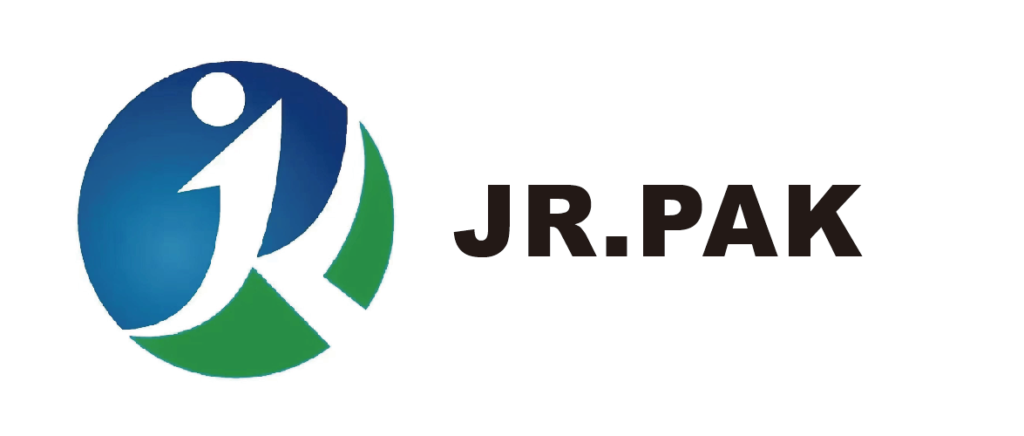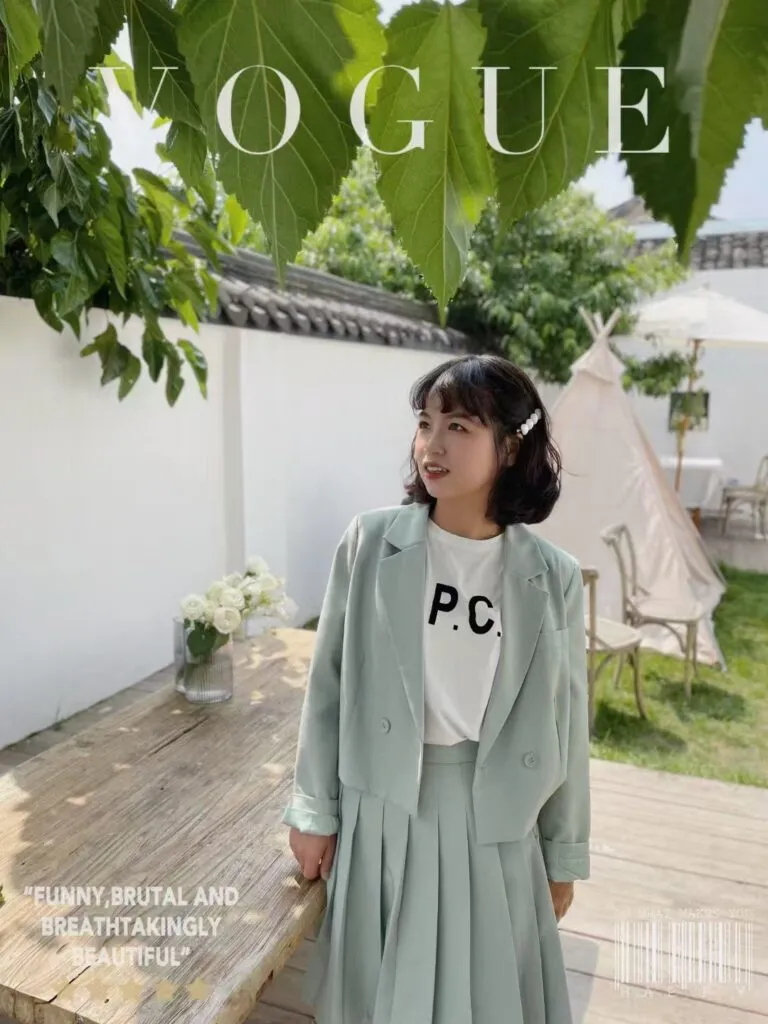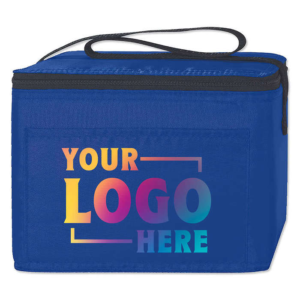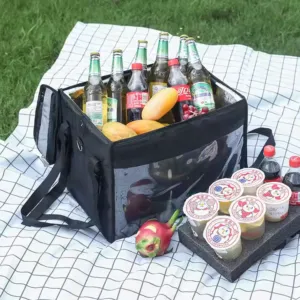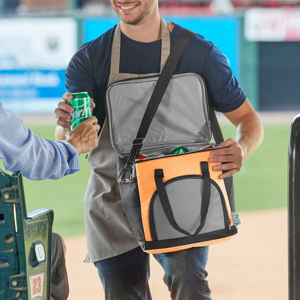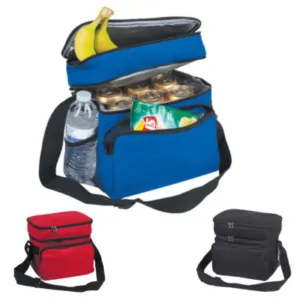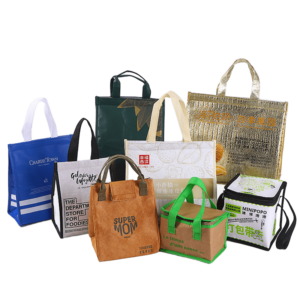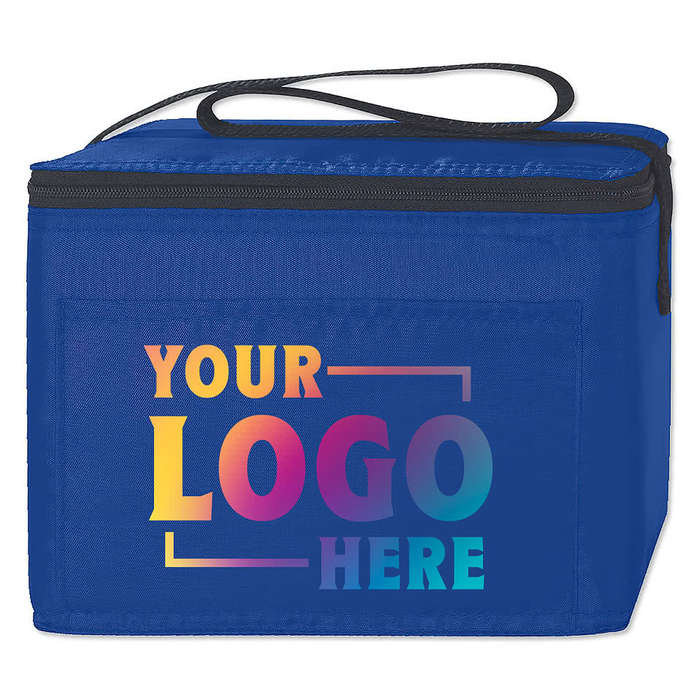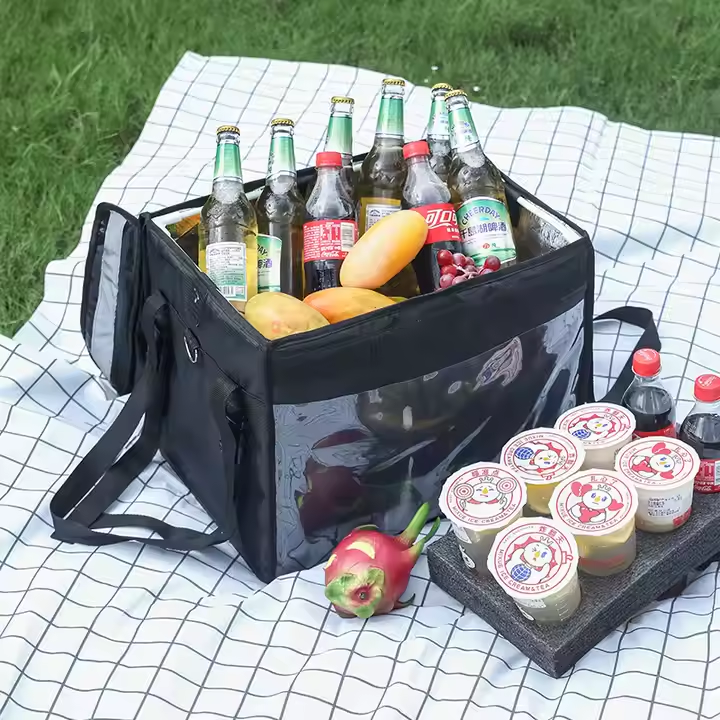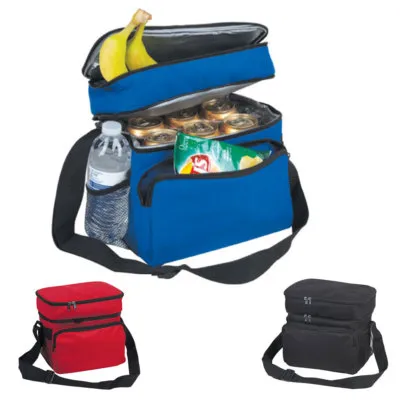Understanding canvas bag pricing is essential for both buyers and wholesalers. This guide outlines eight key factors that influence pricing, from material quality to market dynamics. It helps you make informed, cost-effective choices when ordering or designing canvas bags.
8 Things That Affect Canvas Bag Pricing
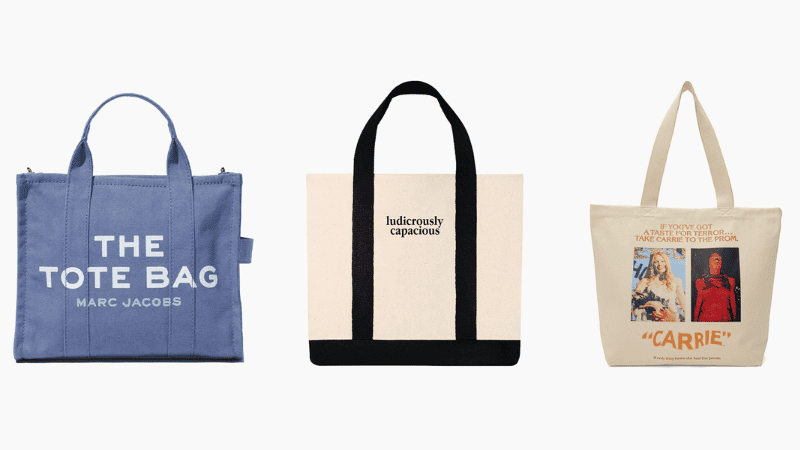
Canvas bag prices depend on material quality, design, customization, labor, order volume, brand positioning, packaging extras, and economic factors. Each element impacts the final cost in unique ways.
Read on to explore the eight major price drivers for canvas bags.
Material Quality and Type
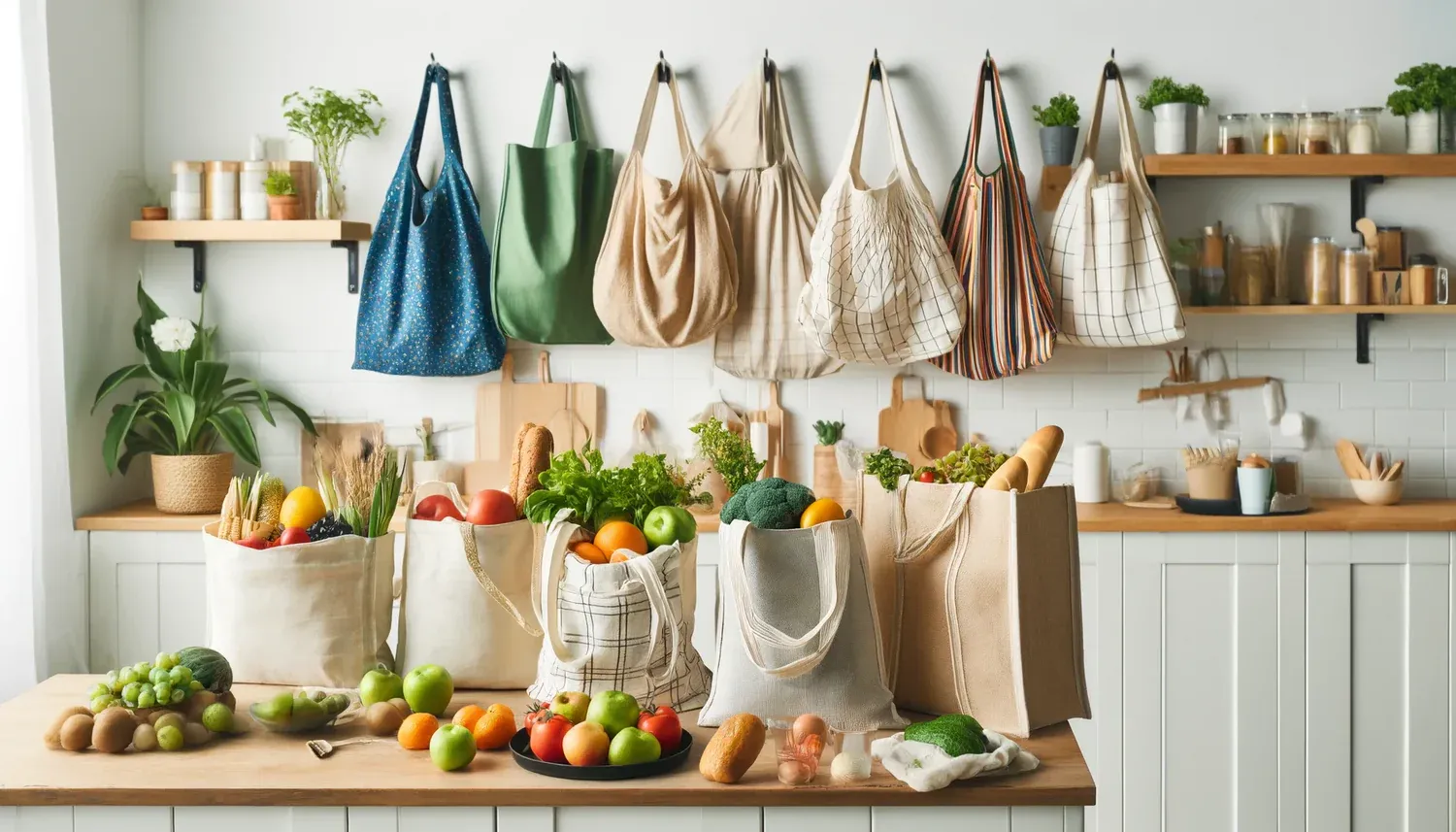
Material is the foundation of a canvas bag’s cost. The choice of cotton, hemp, or linen greatly affects pricing due to differences in durability and processing.
Types of Canvas and Their Impact
| Material | Characteristics | Cost Impact |
|---|---|---|
| Cotton Canvas | Widely available, affordable | Low |
| Duck Canvas | Tighter weave, more durable | Medium |
| Linen Canvas | Strong, more eco-friendly | High |
| Hemp Canvas | Very durable, less common | Very High |
Treatments such as waterproofing or flame resistance increase material costs. Heavier canvas also means higher weight and price. Buyers must balance performance with budget. Lighter cotton is cheaper, but for heavy-duty needs, thicker treated fabrics are worth the investment.
Size and Design Complexity
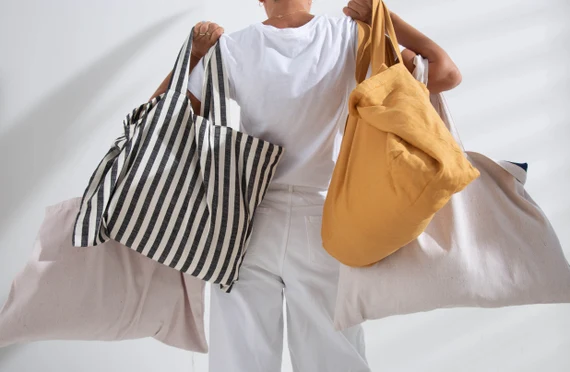
The bigger and more detailed the canvas bag, the more it costs. Larger bags use more fabric, while complex shapes and extra features require more production time.
Common Design Features and Their Cost Impact
| Feature | Description | Cost Increase |
|---|---|---|
| Extra Large Size | More fabric and support needed | High |
| Gussets | Allow for expansion | Medium |
| Reinforced Handles | Added stitching/materials | Medium |
| Zippers or Pockets | Additional sewing and material | Medium–High |
Simple, flat tote bags are economical. However, designs for retail or branding often require more structure, which increases labor and material use. Decide based on function and market.
Printing and Customization
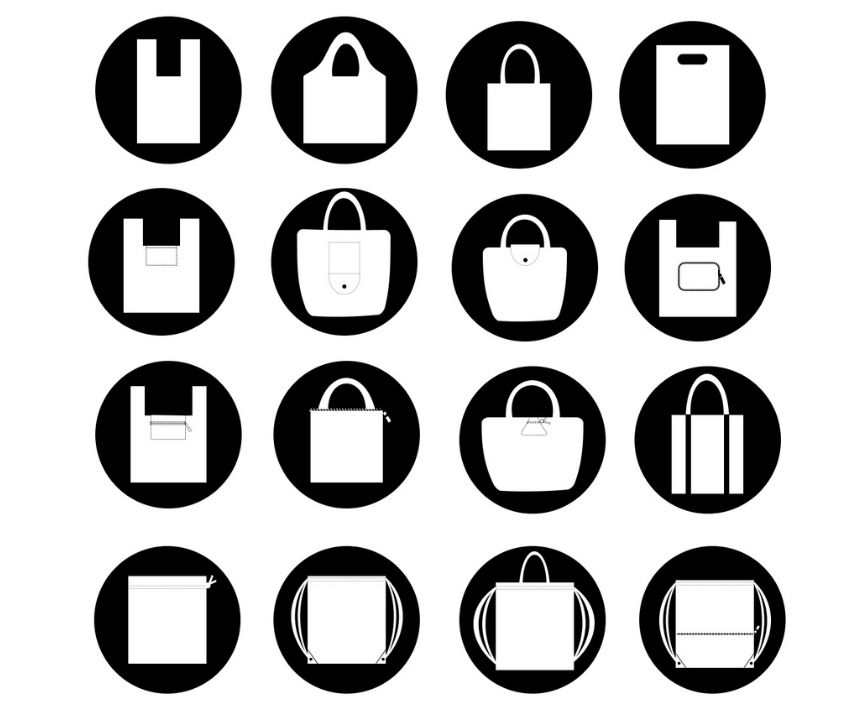
Customization turns a basic bag into a branded product. However, each print type and color count affects the total price.
Comparison of Printing Methods
| Method | Description | Price Level |
|---|---|---|
| Screen Printing | Common, affordable for 1–2 colors | Low |
| Heat Transfer | Great for full-color prints | Medium |
| Embroidery | High-end, textured branding | High |
| Digital Printing | Ideal for complex designs | High |
Adding logos, linings, metal zippers, or branded tags also drives up costs. Buyers should choose customization methods that fit their budget and brand identity.
Labor and Production Process
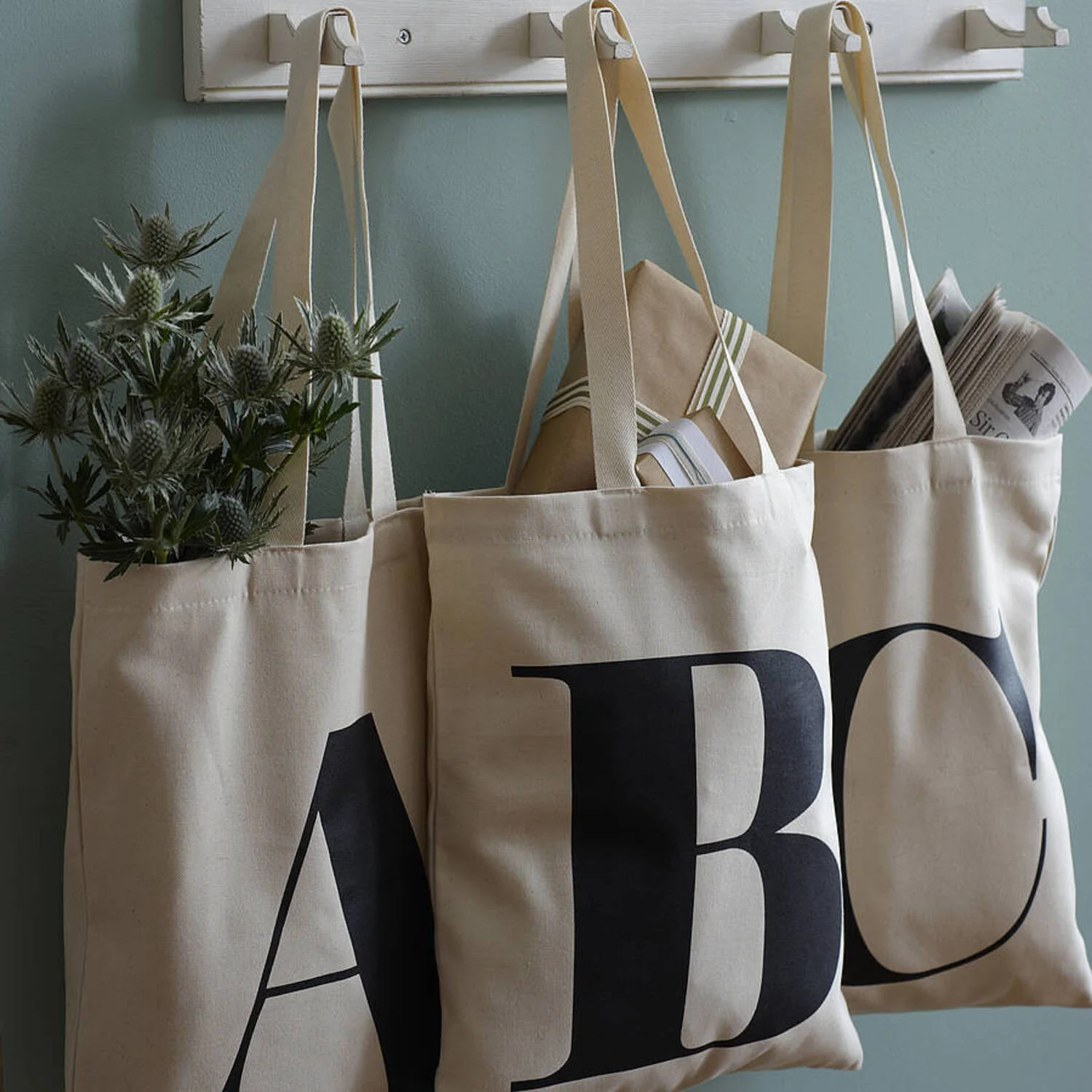
Labor cost is a major part of canvas bag pricing. Bags that are handmade or involve intricate work cost more.
Factors Influencing Labor Cost
| Factor | Description | Cost Effect |
|---|---|---|
| Handcrafted Bags | Artisan-level sewing and finishing | High |
| Machine-made Bags | Faster production, lower labor input | Low–Medium |
| Specialty Cuts | More complex shapes | Medium–High |
Low-wage countries or efficient factories can lower labor costs. However, quality control is essential. If the craftsmanship is poor, the brand’s image suffers despite the cost savings.
Order Quantity
The quantity you order directly impacts the unit price. Larger orders benefit from economies of scale.
Quantity vs. Price Relationship
| Order Size | Setup Cost Spread | Unit Cost |
|---|---|---|
| 100 pcs | High | High |
| 1,000 pcs | Medium | Medium |
| 10,000+ pcs | Low | Low |
Bulk orders justify the setup costs of machines and labor. On the other hand, small orders or urgent requests often come with premium pricing due to inefficiencies.
Brand and Market Positioning
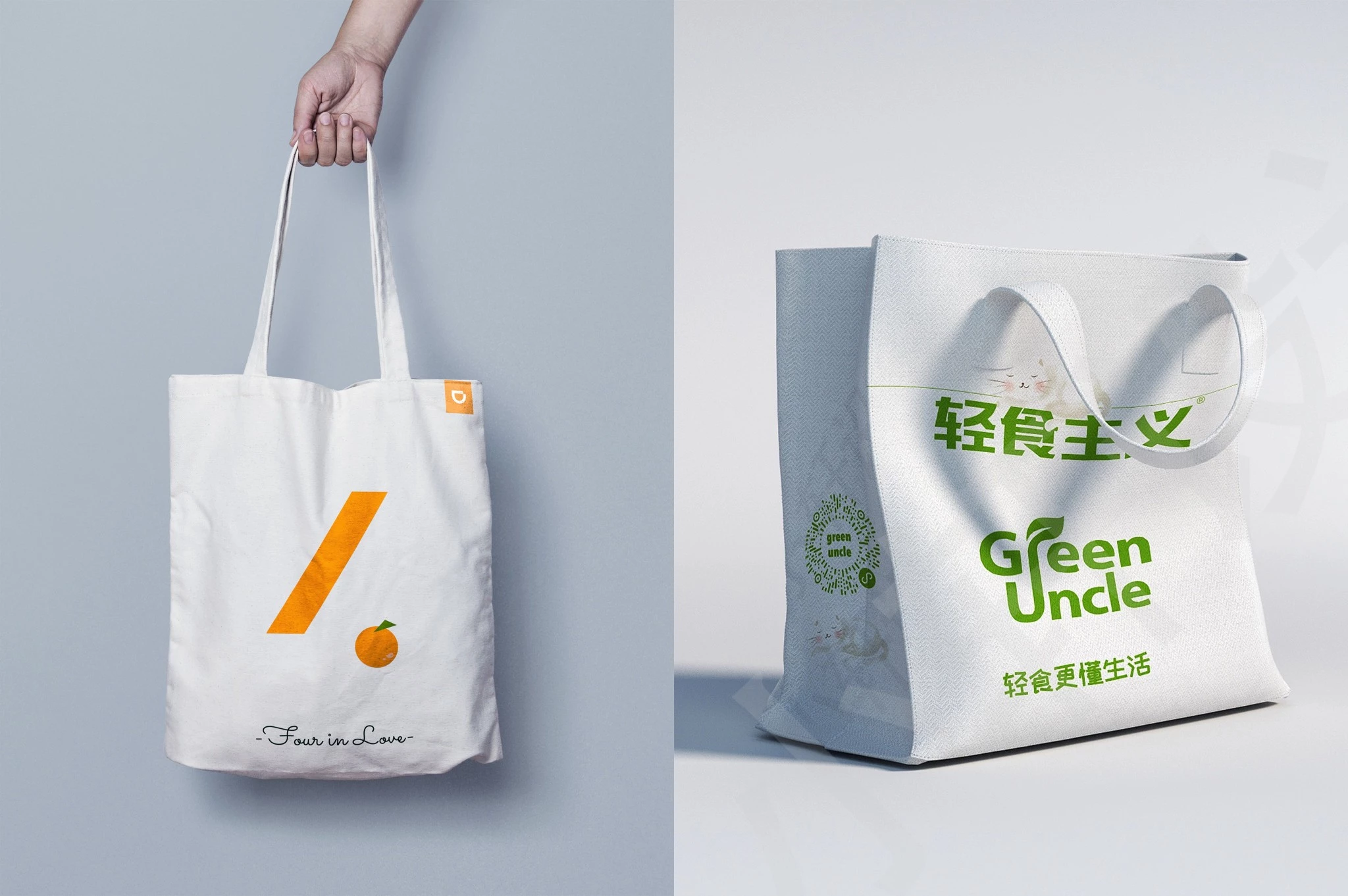
Brand value affects canvas bag prices even if the materials are the same. Luxury or designer bags often have a markup based on perceived value.
Brand Impact on Price
| Brand Type | Target Market | Price Range |
|---|---|---|
| Generic | Mass Market | Low |
| Mid-Tier Retail | Supermarkets, Gifts | Medium |
| Designer/Luxury | Boutique, Fashion | High |
Buyers must decide whether the brand image justifies a higher spend. For high-end customers, the brand may be more important than the material.
Packaging and Extras
Packaging contributes to the total cost of each unit. Premium or eco-conscious packaging can especially raise prices.
Common Extras and Their Cost Impact
| Extra Feature | Purpose | Added Cost |
|---|---|---|
| Branded Box | For retail display | Medium |
| Tissue Paper | For protection or appearance | Low |
| Hang Tags | Include logos or QR codes | Low–Medium |
| Dust Bags | For high-end bags | Medium–High |
Adding extras boosts customer experience but should align with your price point and market segment.
Economic and Geographic Factors

External factors beyond your control also influence costs. Where and when bags are made makes a difference.
Global Influences on Pricing
| Factor | Description | Pricing Impact |
|---|---|---|
| Labor Rates | Vary by country | High |
| Currency Fluctuations | Affects import/export costs | Medium |
| Tariffs and Taxes | Import/export duties | Medium |
| Local vs. Imported | Freight and duties impact final cost | Medium–High |
Work with suppliers that can offer stability and transparent pricing. Local production might save money on shipping, while offshore options may offer lower labor rates.
Conclusion
The price of canvas bags is shaped by more than just fabric cost. From material type to labor, from branding to bulk order size, every detail adds up. Buyers should consider their purpose and audience to make cost-effective decisions. For my own clients, I always recommend starting with basic bags and scaling features as needed.
Which of these pricing factors do you consider most important? Share your thoughts in the comments!
